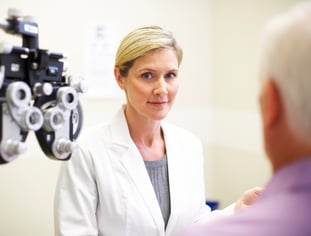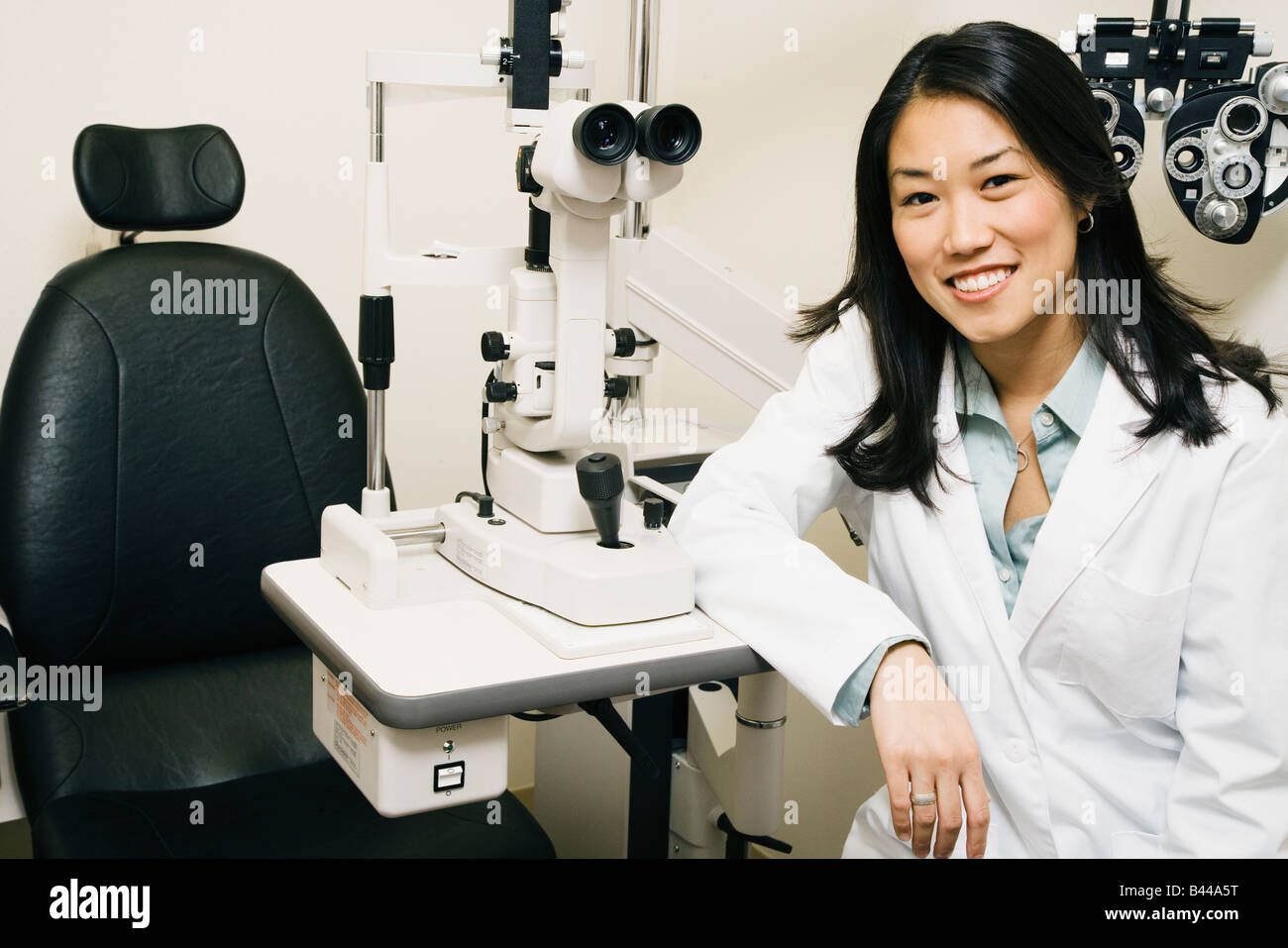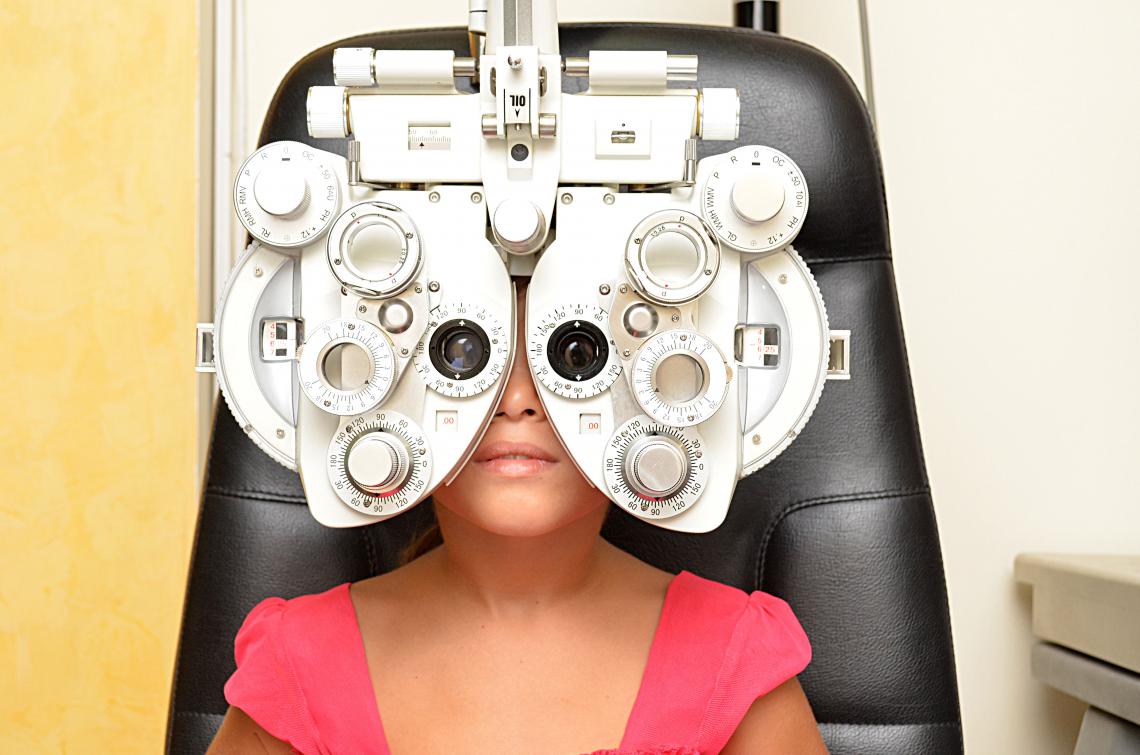Experience Personalized Care with Opticore Optometry in Chino
Experience Personalized Care with Opticore Optometry in Chino
Blog Article
Discovering the most recent Technical Developments in Optometry and What They Mean for Eye Doctors
In the ever-evolving field of optometry, recent technological advancements are reshaping how professionals approach eye treatment. From the accuracy of Optical Comprehensibility Tomography to the nuanced insights offered by AI-driven analysis tools, these advancements are establishing new requirements in client assessment and treatment. Teleoptometry is positioned to redefine availability, guaranteeing that know-how transcends geographical constraints. As these improvements penetrate the practice, eye doctors are faced with the difficulty of welcoming these tools to boost individual outcomes. The inquiry stays: exactly how will these technological changes redefine the roles and duties within the profession?
Advancements in Diagnostic Equipment
Advancing the field of optometry, technologies in analysis devices have actually transformed the way eye care professionals examine and diagnose visual disabilities and eye problems. The past years has actually observed substantial technical advancements, enabling even more precise and comprehensive analyses.
Another key innovation is the introduction of sophisticated corneal topography systems, which map the surface area curvature of the cornea with precision. These devices are specifically useful for fitting contact lenses and detecting corneal problems. Moreover, electronic retinal imaging has actually changed typical ophthalmoscopy, providing comprehensive, panoramic views of the retina that assist in detailed visual examinations.
The development of wavefront aberrometry has likewise been vital, making it possible for the analysis of refractive mistakes with unparalleled precision (Opticore Optometry). This technology helps in customizing rehabilitative lenses and improving surgical results for refractive surgical treatments. Jointly, these diagnostic innovations empower eye doctors to deliver premium person care, ensuring early treatment and customized therapy approaches, inevitably boosting visual health end results
AI in Patient Administration
Building on the foundation of cutting-edge analysis tools, the consolidation of artificial intelligence (AI) in individual administration represents a transformative leap for optometry. AI systems are increasingly employed to enhance efficiency, precision, and personalization in individual care.
Furthermore, AI-driven platforms help with streamlined patient communications and administrative processes. Automated scheduling, virtual consultations, and individualized follow-up plans not just enhance client complete satisfaction yet additionally optimize time monitoring for specialists. These systems can triage people based on the necessity of their conditions, ensuring that those in crucial requirement get timely focus.
Additionally, AI improves decision-making by offering optometrists with evidence-based referrals and therapy paths. By incorporating information from digital health records, AI devices use understandings that notify medical decisions, decreasing the danger of errors and improving person end results. As AI remains to progress, its function in individual administration will likely broaden, improving the landscape of optometric treatment.
Breakthroughs in Retinal Imaging
In the realm of optometry, retinal imaging has observed remarkable technological improvements that are improving analysis capacities and patient treatment. Innovations such as Optical Coherence Tomography (OCT) and fundus photography have actually revolutionized exactly how eye doctors assess the retina and imagine. OCT, particularly, supplies high-resolution, cross-sectional pictures of the retina, allowing for the comprehensive examination of its layers. This ability is very useful for very early detection and management of conditions like glaucoma, diabetic person retinopathy, and age-related macular deterioration.
Improved imaging techniques like OCT angiography are further refining diagnostic precision. This non-invasive strategy maps blood flow in the retina, offering crucial understandings into vascular health and wellness without the demand for color injections. In addition, flexible optics modern technology is being integrated into retinal imaging systems to remedy ocular aberrations, providing unprecedented photo clearness. Such advancements promote the recognition of minute retinal modifications that could indicate disease progression.
Additionally, improvements in artificial knowledge are increasing retinal imaging by enabling automated analysis of big datasets. These systems help eye doctors in identifying patterns a sign of pathology, therefore boosting diagnostic accuracy and efficiency. Jointly, these developments are changing retinal imaging right into a foundation of modern-day eye care, boosting results and increasing healing possibilities.
Teleoptometry's Growing Role
Teleoptometry is increasingly coming to be a crucial component of eye care, driven by improvements in electronic interaction and analysis tools. This is especially advantageous in country and underserved locations where accessibility to specialized eye care is often minimal.
The site integration of expert system (AI) further enhances teleoptometry, allowing the analysis of visual information and aiding in the detection of ocular conditions such as glaucoma and diabetic retinopathy. AI-powered formulas can swiftly translate complex imaging information, giving optometrists with important understandings that boost medical decision-making.
Furthermore, teleoptometry supports connection of care via smooth assimilation with digital health records (EHRs), permitting optometrists to preserve comprehensive person histories. When seeking advice from with various specialists., this ensures that people get personalized and constant care even.
Despite these benefits, challenges stay, consisting of making sure data safety and managing patient expectations. Teleoptometry represents a considerable stride towards even more obtainable, reliable, and patient-centered eye care. As innovation evolves, its role is positioned to increase additionally.

Future Patterns in Eye Treatment
A myriad of innovative trends is readied to reshape the future of eye treatment, driven by technological innovations and the advancing requirements of people. One substantial trend is the combination of expert system (AI) in diagnostics, which guarantees to boost the accuracy and effectiveness of eye assessments. AI formulas can analyze vast quantities of information from retinal photos, potentially detecting problems like diabetic retinopathy and glaucoma earlier than standard techniques.
Furthermore, tailored medicine is gaining grip in optometry, with genetic screening educating customized treatment strategies. This method aims to maximize individual outcomes by tailoring treatments to specific hereditary accounts. Wearable technology, such as clever contact lenses, is additionally coming up, providing real-time surveillance of intraocular stress or glucose degrees, therefore giving constant understandings right into systemic and eye health.
The fostering of increased fact (AR) and digital reality (VR) in training and patient education and learning is another emerging trend. These modern technologies use immersive experiences that can boost understanding and abilities both for eye doctors and patients. As these trends develop, eye doctors must stay abreast of technological improvements to provide cutting-edge care, ensuring improved client results and complete satisfaction in the vibrant landscape of eye care.
Verdict

Jointly, these analysis advancements empower eye doctors to supply premium person care, making sure early intervention and tailored therapy techniques, eventually enhancing see aesthetic wellness outcomes.

As these innovations proceed to progress, eye doctors have to adapt and incorporate them into practice, ultimately maximizing process efficiency and raising the requirement of eye care delivered to people.
Report this page